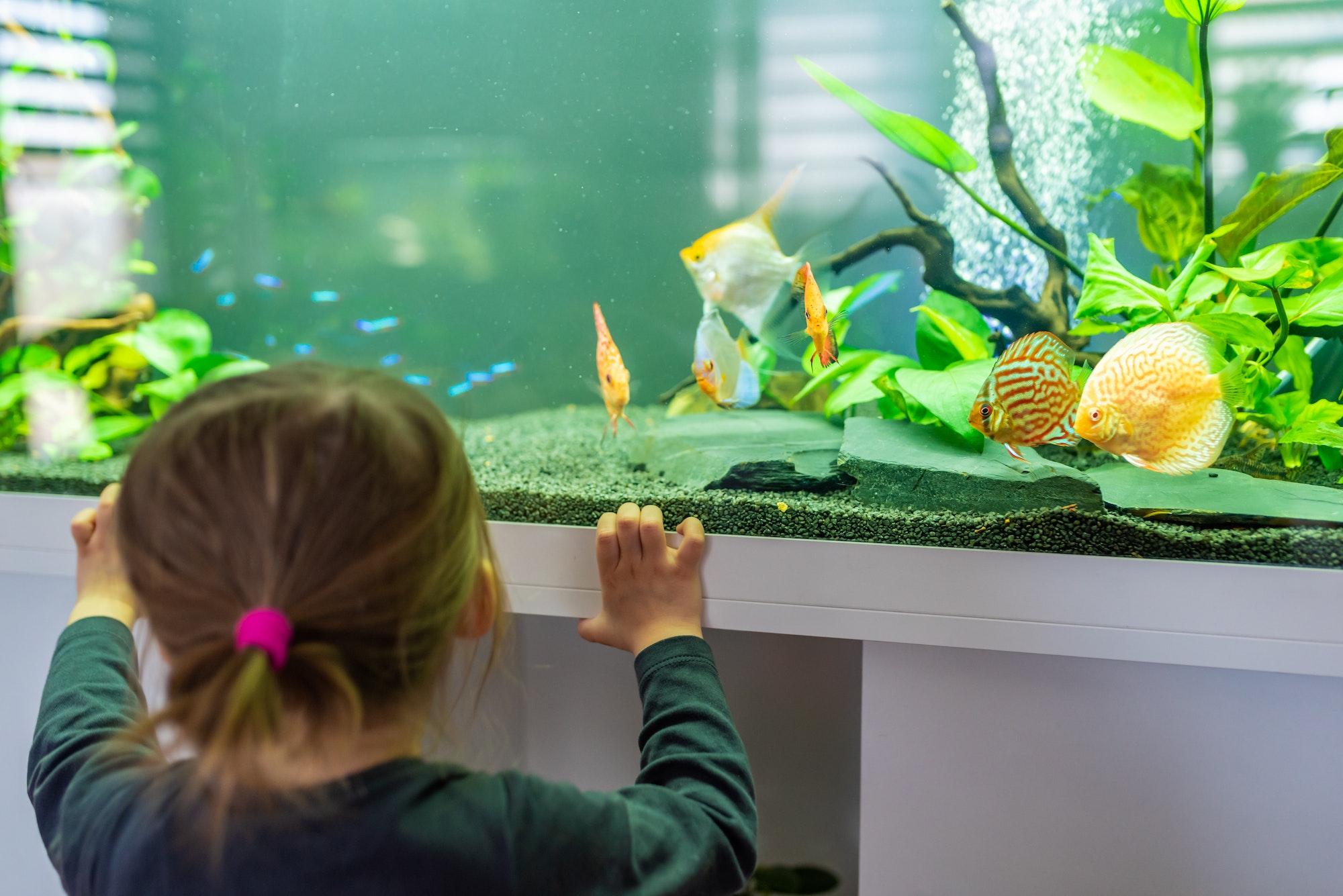Fish First Aid Advice from ChatGPT

First aid for pet fish can be a tricky subject, as fish are quite different from other pets when it comes to their anatomy and care requirements. However, there are a few key things to keep in mind that can help you ensure the health and wellbeing of your fish. In this article, we will discuss the basics of first aid for pet fish, including what you should have in your fish first aid kit, how to recognize and treat common fish illnesses, and how to keep your fish healthy in the long term.
The first step in providing first aid for pet fish is to have a well-stocked fish first aid kit on hand. Your kit should include the following items:
- Aquarium water conditioner: This is essential to maintain the proper pH level and remove chlorine and other harmful substances from tap water.
- An aquarium thermometer: To monitor water temperature, which is crucial for fish health.
- Aquarium salt: Used for a variety of purposes, including reducing stress, helping with wound healing, and treating certain fish illnesses.
- A fish net: To help you move your fish from one tank to another, or to remove sick or injured fish from the main tank.
- A magnifying glass: To help you examine fish closely and check for signs of illness or injury.
Once you have your fish first aid kit together, you should be able to address common fish illnesses and injuries with relative ease. Some of the most common fish illnesses include:
- Fin rot: This is a bacterial infection that causes the fins of your fish to become frayed and discolored.
- Swim bladder disorder: This is a condition in which your fish is unable to control its swim bladder and swims abnormally.
- Ich: A parasite that causes small white spots to form on the skin and fins of your fish.
- Columnaris: A bacterial infection that causes ulcer-like sores to form on the skin and fins of your fish.
To treat these and other common fish illnesses, you can use aquarium salt, as well as a range of medications specifically designed for fish. You may also need to change the water in your tank more frequently or provide your fish with additional aeration or filtration.
In addition to providing first aid for your fish in case of illness or injury, there are also several other steps you can take to keep your fish healthy in the long term. Some of these include:
- Providing your fish with a well-balanced diet: This should include a variety of foods, including pellets, flakes, and frozen or live food.
- Maintaining proper water conditions: This means monitoring water temperature, pH level, and nitrite levels and making adjustments as necessary.
- Cleaning the tank regularly: This will help to keep the water fresh and free of harmful substances.
- Providing your fish with enough space: Fish should have enough room to swim freely and comfortably.
- Regular veterinary check-ups: Just like any other pet, it’s important to take your fish to a veterinarian for regular check-ups to ensure that they are healthy and free from any underlying health issues.
In conclusion, providing first aid for pet fish can be a challenge, but with the right tools and knowledge, it’s possible to keep your fish healthy and happy. Whether you are dealing with a common illness, an injury, or simply trying to keep your fish healthy in the long term, being prepared and informed is the key to success. So make sure you have a good kit and information to help your swimming friends.

Leave a Reply
You must be logged in to post a comment.